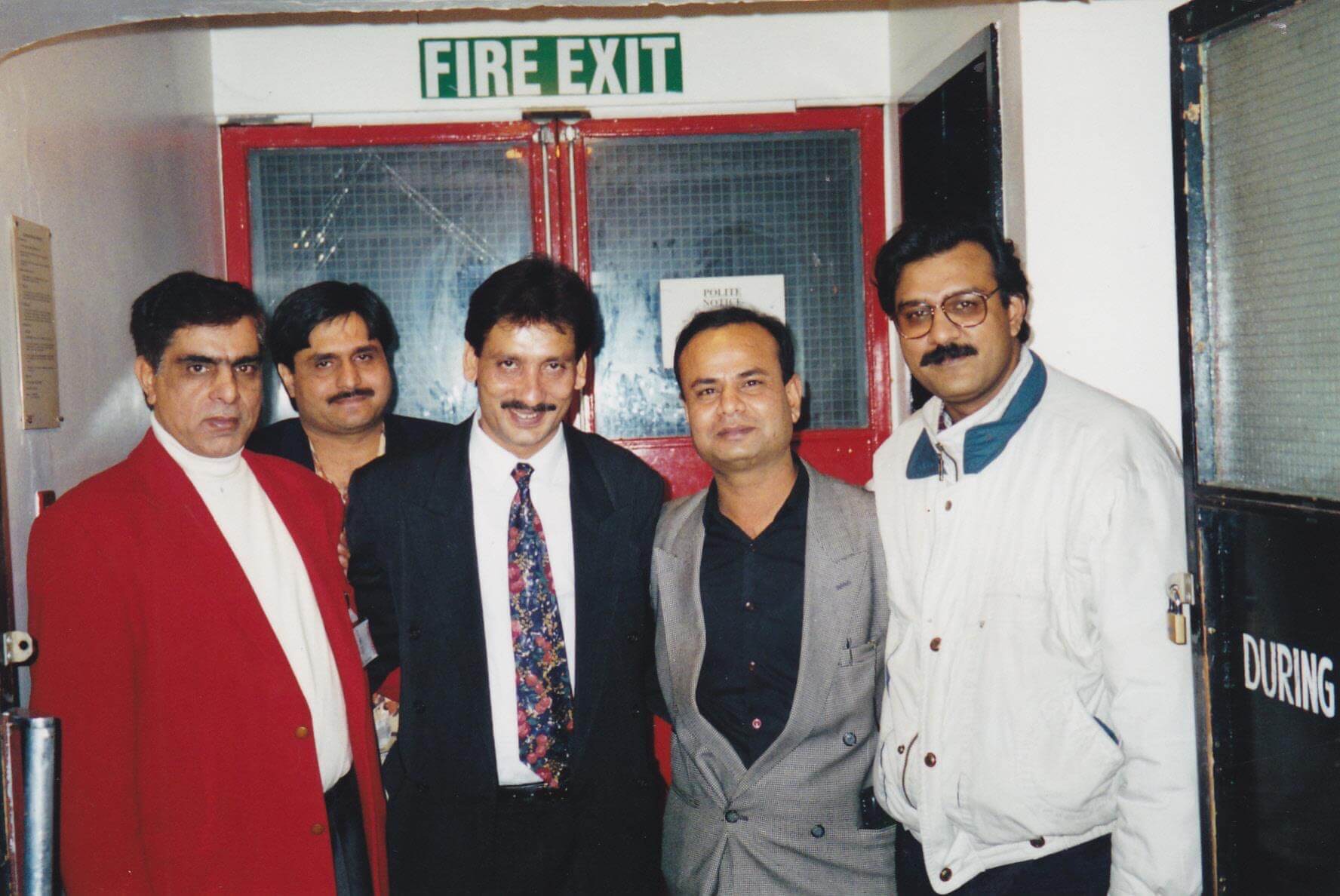The story of Saif-ul-Malook, a timeless folktale rooted in Sufi mysticism, has transcended generations to become a profound cultural and literary treasure. Penned by the revered Punjabi Sufi poet Mian Muhammad Bakhsh in the 19th century, this epic poem beautifully intertwines themes of love, spirituality, and self-discovery. Over the years, it has inspired countless musical renditions and poetic interpretations, becoming a cornerstone of South Asian cultural heritage.
A Tale of Love and Spirituality
At its core, Saif-ul-Malook is a tale of Prince Saif-ul-Malook’s quest for his beloved fairy princess, Badi-ul-Jamal. However, the narrative extends beyond the romantic pursuit, delving deeply into themes of divine love and spiritual awakening. Mian Muhammad Bakhsh’s poetic brilliance transforms this love story into a profound allegory for the soul’s journey toward God, weaving intricate layers of mystical wisdom within its verses.
A Musical Inspiration
The poetic depth of Saif-ul-Malook has long served as an inspiration for musicians across the region. The poem’s rhythmic cadences and evocative imagery lend themselves beautifully to musical compositions. Renowned qawwals and folk singers have embraced its verses, channeling the poem’s spiritual essence through their soulful renditions.
Artists such as Nusrat Fateh Ali Khan, Abida Parveen, and others have performed adaptations of Saif-ul-Malook, using their voices to amplify the poem’s universal message of love and devotion. The music not only captivates listeners but also acts as a vessel for carrying the wisdom of Sufi teachings to wider audiences.
A Poetic Masterpiece
The poetic structure of Saif-ul-Malook is deeply rooted in the Punjabi language, showcasing Mian Muhammad Bakhsh’s mastery of Sufi literature. His verses are filled with metaphors and parables that reveal layers of meaning with every reading. The universality of the themes—love, separation, struggle, and enlightenment—ensures that the poem resonates with readers from all walks of life.
It is often said that reading Saif-ul-Malook is a journey in itself, with each stanza serving as a step toward greater understanding. The poem’s verses are still recited in Sufi gatherings, evoking a sense of wonder and introspection in those who listen.
Bridging Cultures Through Art
Saif-ul-Malook holds a special place not just in literature but in the hearts of people from diverse backgrounds. Its influence has extended beyond Punjabi and Sufi traditions, inspiring adaptations in other languages and art forms. The poem’s universal appeal lies in its ability to connect with human emotions and experiences, making it a bridge between cultures.
Its legacy is not confined to the written word or musical performances—it has also inspired visual artists, filmmakers, and playwrights, each interpreting the story through their unique lens. This enduring versatility highlights the timeless relevance of Mian Muhammad Bakhsh’s work.
A Source of Spiritual Guidance
Beyond its artistic significance, Saif-ul-Malook serves as a spiritual guide for many. The story encourages readers to embark on their own journey of self-discovery, emphasizing the importance of faith, perseverance, and humility. The poem’s mystical undertones remind us that the pursuit of love—whether human or divine—is a path filled with trials, but ultimately rewarding.
Preserving the Legacy
As modernity advances, it becomes increasingly important to preserve the legacy of Saif-ul-Malook for future generations. Efforts to digitize manuscripts, translate the poem into various languages, and promote its musical adaptations are crucial for keeping this cultural treasure alive. Educational initiatives and cultural festivals can also play a pivotal role in ensuring that the story continues to inspire and enlighten.
Conclusion
The legacy of Saif-ul-Malook in music and poetry is a testament to the power of storytelling in shaping cultural identity and fostering spiritual growth. Its enduring appeal lies in its ability to transcend boundaries, connecting hearts through its profound themes and artistic brilliance. As we celebrate this timeless masterpiece, we honor not just the genius of Mian Muhammad Bakhsh but also the universal truths that his work continues to illuminate.
